In the wild world of mid-20th century science, a bold group of researchers set out on a mission that would blur the lines between species—teaching dolphins to speak English. Driven by a mix of curiosity, ambition, and eccentric personalities, these scientists dove into uncharted waters. What followed were not just groundbreaking experiments, but bizarre and sometimes shocking episodes that would spark controversy for decades. From radical communication efforts to unexpected personal entanglements, these dolphin language experiments became legendary for their strange results and enduring ethical debates.
1. John C. Lilly: The Maverick Neuroscientist
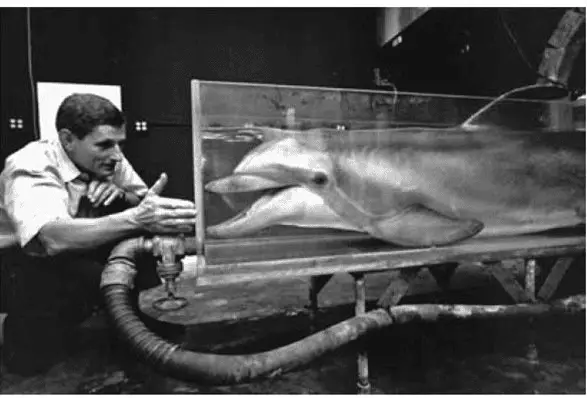 Source: Lilly Estate
Source: Lilly Estate
John C. Lilly was a visionary—and some would say eccentric—neuroscientist whose obsession with dolphin intelligence led to radical experiments in the 1950s and ’60s. Believing dolphins could master spoken English, Lilly immersed himself in their world, even designing the now-famous sensory deprivation tank as part of his research. His unconventional methods, such as cohabitating with dolphins, drew both fascination and criticism. For a deeper look at Lilly’s groundbreaking—and often controversial—approach, see Smithsonian Magazine.
2. Margaret Howe Lovatt: Living With Dolphins
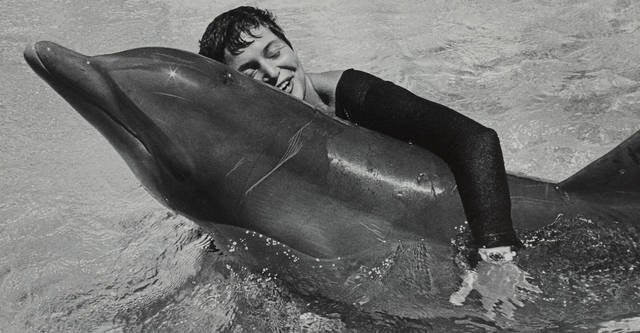
Margaret Howe Lovatt became a central figure in dolphin language research when she agreed to live with a dolphin named Peter in a specially flooded house. For several weeks, Lovatt immersed herself in Peter’s daily life, attempting to teach him English through constant interaction and vocal exercises. The close quarters led to both breakthroughs and controversies, as their unusual relationship sparked public fascination and ethical debate. Lovatt’s remarkable experience—and the unexpected directions it took—are chronicled in detail by The Guardian.
3. The Dolphin House: A Flooded Laboratory

The “Dolphin House” on St. Thomas was a groundbreaking—and controversial—experiment in architectural design for science. Researchers flooded the living quarters to allow dolphins and humans to interact around the clock, hoping this intense exposure would foster language acquisition. The immersive setup created a unique environment where boundaries between experiment and daily life nearly vanished. The legacy of the Dolphin House remains both fascinating and fraught. For a deeper dive into its history, visit BBC Future.
4. Peter the Dolphin: The Unusual Student

Peter, a young bottlenose dolphin, became an unlikely language pupil in the experiment’s most intimate setting. Under Lovatt’s guidance, his attempts to mimic English words were both endearing and, at times, awkward. Their close bond led to emotional and ethical dilemmas that still spark debate. Peter’s story is a poignant chapter in the quest for interspecies communication. You can explore more about Peter’s unique journey at NPR.
5. Teaching English: Sound and Syllable Experiments
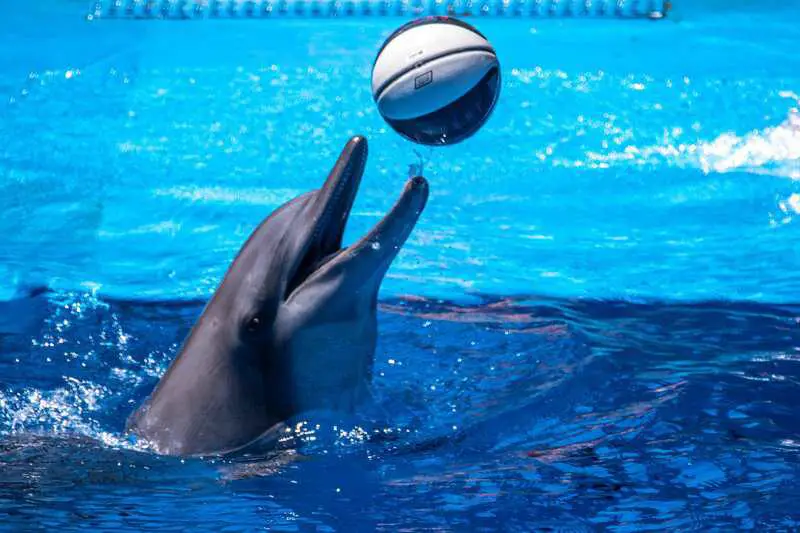
Determined to bridge the communication gap, scientists focused on teaching dolphins to mimic specific English words such as “ball,” “one,” and “hello.” Using repetition and positive reinforcement, they carefully recorded each attempt, analyzing the subtle progress dolphins made in reproducing human-like sounds. While some dolphins managed rough approximations, the leap to true language proficiency proved far more elusive than hoped. These methodical and ambitious experiments revealed both the promise and limitations of interspecies communication. For more on these linguistic efforts, see Scientific American.
6. LSD Experiments: Pushing Ethical Boundaries

In one of the most controversial chapters of dolphin research, John Lilly administered LSD to dolphins, believing the drug might unlock new pathways to communication. The results were underwhelming—no breakthroughs occurred, and the experiments quickly came under fire from both colleagues and animal welfare advocates. These psychedelic trials highlighted the ethical gray areas of the era’s scientific explorations. For a closer look at this unusual aspect of Lilly’s research, visit Rolling Stone.
7. NASA Funding: The Space Agency Gets Involved

Surprisingly, NASA provided funding for these dolphin language experiments, viewing them as a way to prepare for possible encounters with extraterrestrial intelligence. The space agency’s support brought newfound legitimacy, but also heightened pressure and scrutiny on the researchers. This unique link between dolphin science and space exploration is a fascinating twist in the story. For a deeper look at NASA’s involvement, visit Smithsonian Magazine.
8. Controversy and Public Outcry

As news spread about the dolphin experiments—including the unusual living arrangements and the use of LSD—public reaction quickly shifted from curiosity to outrage. Animal rights groups and media outlets began questioning the ethics behind the research, sparking heated debates about the treatment of intelligent creatures in scientific settings. The controversy fueled lasting scrutiny on both the researchers and their methods. For a detailed account of the public’s response, visit Time Magazine.
9. Dolphins’ Unique Vocal Abilities
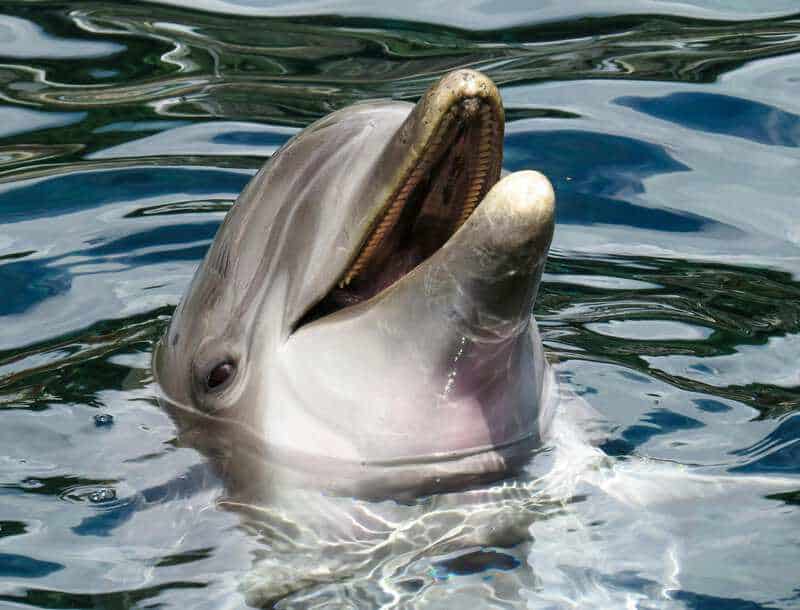
Dolphins are renowned for their impressive vocal mimicry, a trait that made them intriguing candidates for language experiments. Scientists have documented dolphins accurately reproducing specific whistles and even imitating certain human words. However, the structure of their vocal apparatus limits their ability to fully replicate human language. Despite these anatomical barriers, their adaptability and intelligence continue to fascinate researchers. To learn more about dolphins’ vocal skills and the science behind their mimicry, visit National Geographic.
10. Animal Language Research: Comparisons with Primates
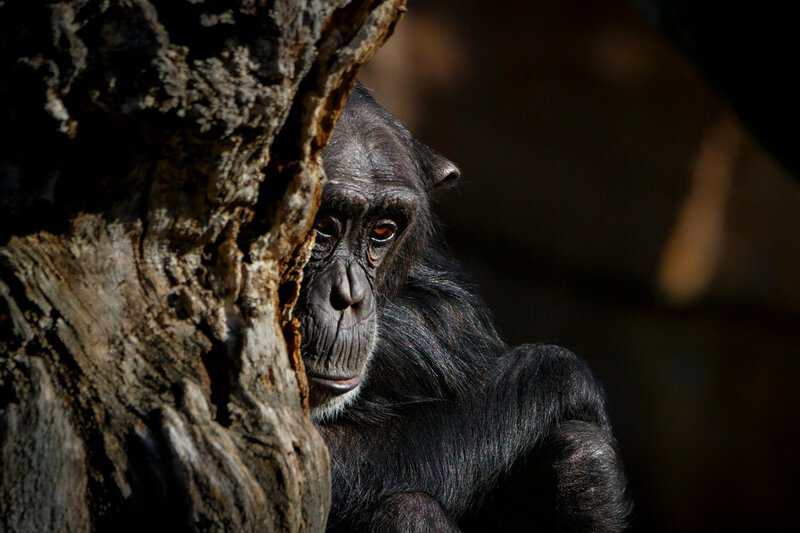
The dolphin language experiments ran alongside groundbreaking research with primates, including famous projects involving Washoe the chimpanzee and Koko the gorilla. While primates learned sign language and symbolic communication, dolphins faced unique hurdles due to their aquatic lifestyle and physiology. These differences required distinct strategies and highlighted the complexities of interspecies communication. For a comparison of methods and results in animal language research, see Nature.
11. The Role of Echolocation in Communication
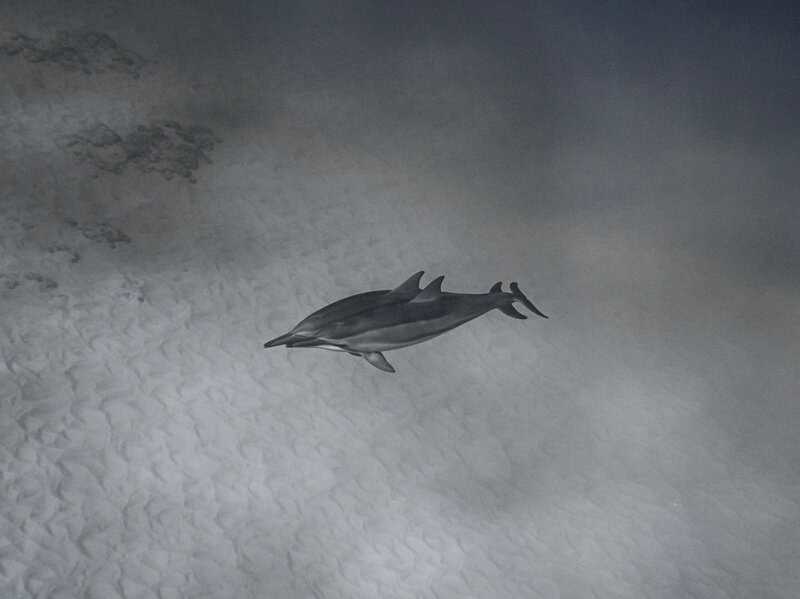
Dolphins’ primary mode of communication involves echolocation, using sound waves to navigate and interact in their environment—a system vastly different from human speech. Some scientists wondered if dolphins’ echolocation abilities could translate into language-like skills, but research produced no definitive answers. The complexity of their acoustic world remains a fascinating topic. Learn more about echolocation and its role in dolphin communication at National Ocean Service.
12. The Peter and Margaret Relationship: Emotional Complexity
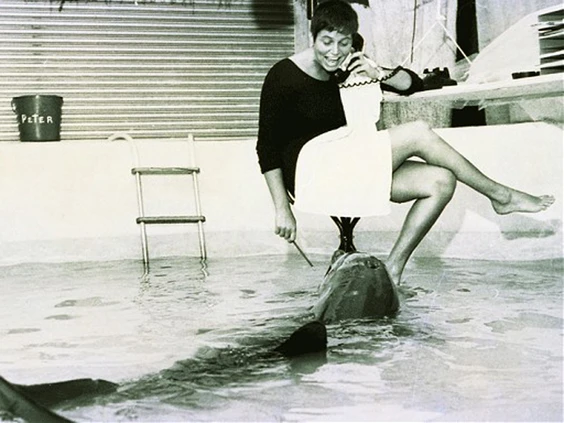
The relationship between Peter the dolphin and Margaret Howe Lovatt became a focal point for both scientific curiosity and sensational media coverage. Their deep bond, formed through constant contact and shared experiences, challenged conventional boundaries of scientific objectivity. This emotional connection raised profound questions about cross-species empathy, companionship, and the ethics of such intimate experiments. The nuances and controversies surrounding their relationship are explored in detail by BBC News.
13. The End of the Experiment: Funding Cuts and Fallout
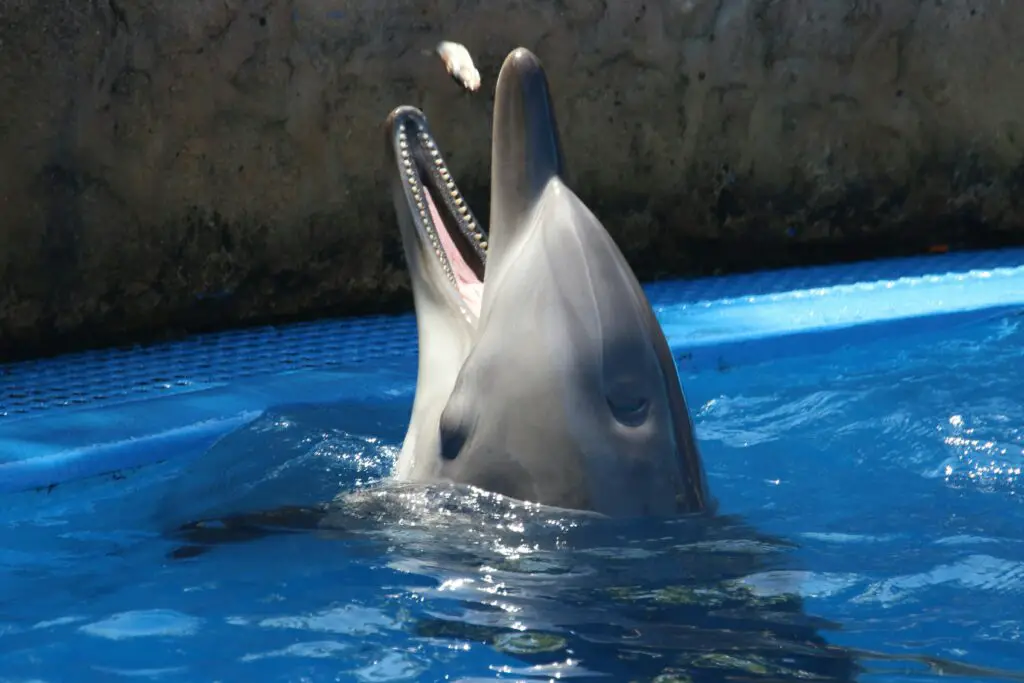
As funding disappeared and criticism mounted, the dolphin house experiment was forced to shut down. The sudden end meant the dolphins, including Peter, were moved to less stimulating environments, with heartbreaking results. The abrupt conclusion underscored the ethical and emotional risks of experimental science on sentient creatures. The aftermath and its impact on both dolphins and researchers are discussed in The Atlantic.
14. Peter’s Fate: A Tragic End
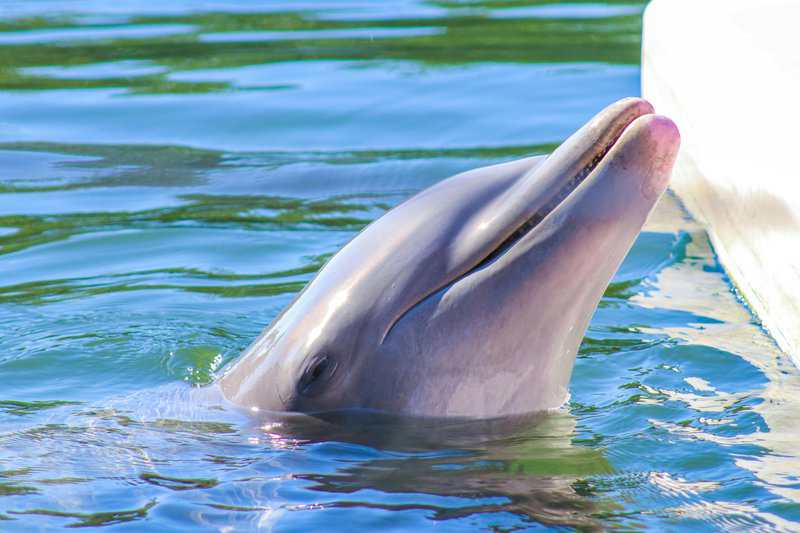
After being separated from Margaret, Peter struggled to adapt and ultimately died in captivity—an event some experts interpret as dolphin suicide. His heartbreaking end stands as a stark reminder of the emotional toll experimental research can have on intelligent animals. Peter’s fate continues to fuel debates about ethics in scientific studies. For more details, visit The Guardian.
15. The Media Frenzy

The bizarre details of the dolphin language experiments—especially human-dolphin cohabitation and emotional bonds—captured the public imagination and quickly escalated into a media circus. Sensational headlines and exaggerated stories fueled widespread myths and misconceptions about both dolphin intelligence and the ethics of scientific research. This media storm left a lasting impact on public perceptions. For a look at how the story was covered, see Time Magazine.
16. The Influence on Science Fiction
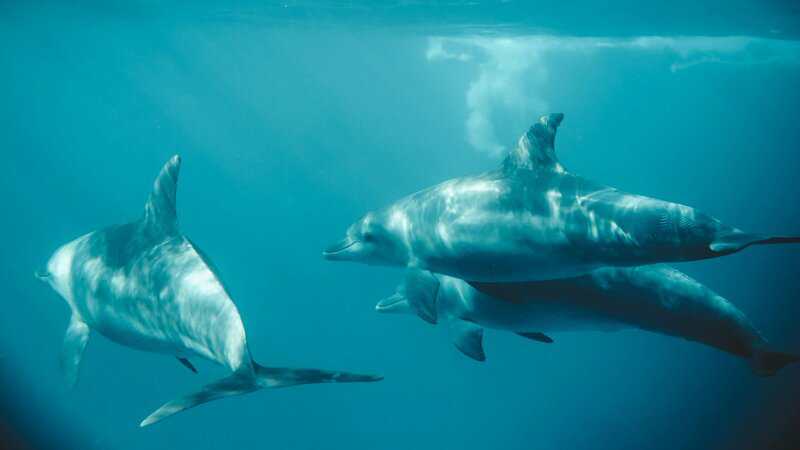
John Lilly’s daring experiments left a significant mark on science fiction, inspiring authors like Arthur C. Clarke and the minds behind The Hitchhiker’s Guide to the Galaxy. Dolphins in these works are portrayed as intelligent, enigmatic communicators, embodying humanity’s hopes—and doubts—about interspecies understanding. This interplay between real research and imaginative fiction is explored further at Wired.
17. Ethics of Animal Experimentation
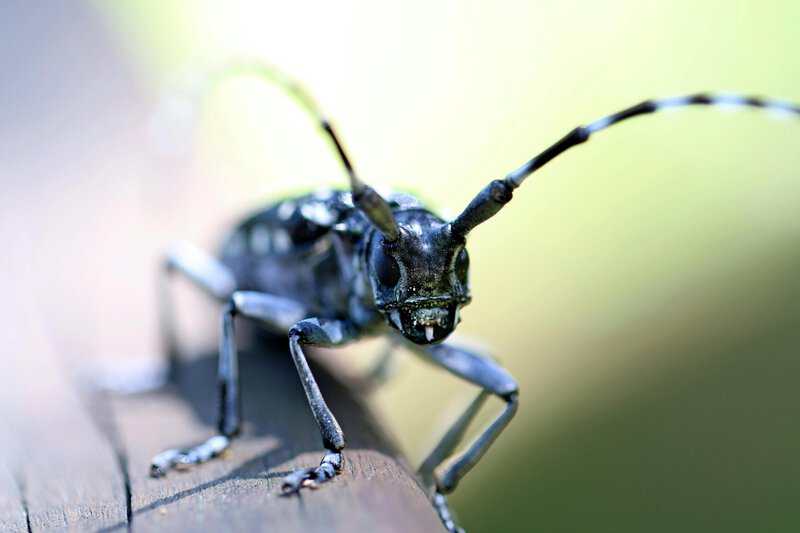
The strange saga of teaching dolphins English became a catalyst for ongoing ethical debate in animal research. The experiments highlighted the importance of consent, psychological well-being, and humane treatment for animal subjects. Modern research standards now reflect many hard-won lessons from these early controversies. For a deeper exploration of how these studies shaped ethical guidelines, visit the American Psychological Association.
18. The Search for Dolphin Intelligence
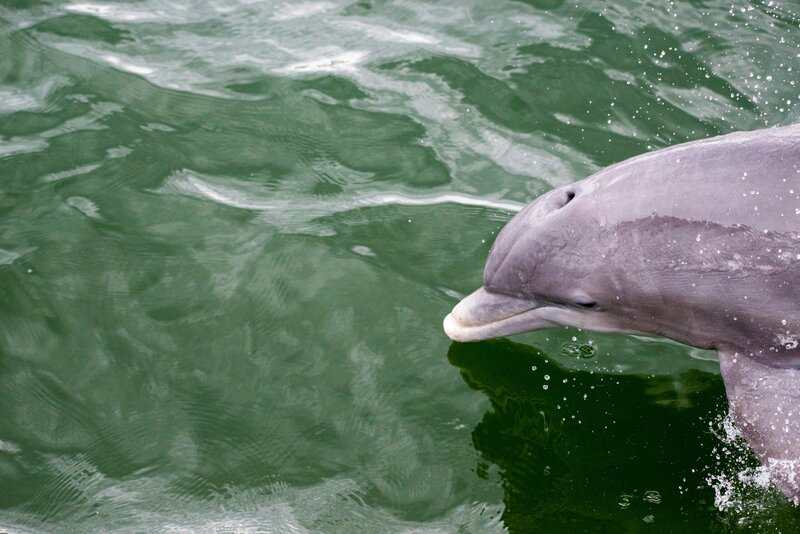
Lilly and his colleagues set out to demonstrate dolphin intelligence through language acquisition. While dolphins never achieved true English fluency, the experiments revealed their remarkable problem-solving abilities and complex social interactions. These findings laid the groundwork for today’s vibrant field of animal cognition, where dolphins remain prominent subjects of study. Discover more about the ongoing quest to understand dolphin intelligence at National Geographic.
.article-content-img img { width: 100% }

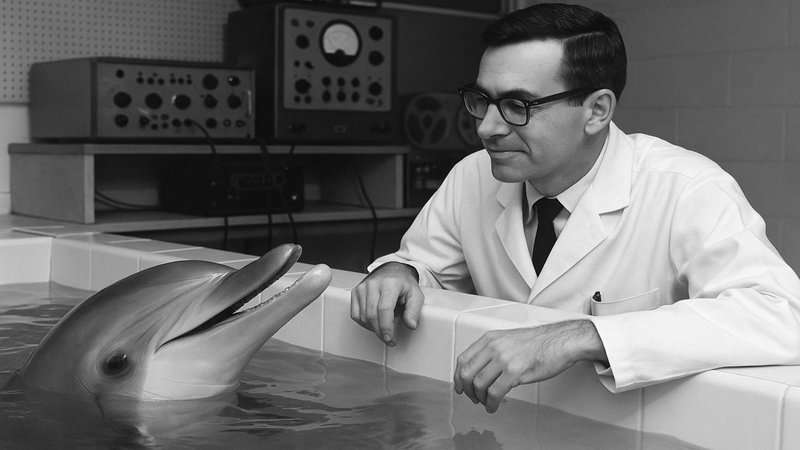

Vielleicht interessiert es Sie:
Wussten Sie! Minensuchratten auf dem Schlachtfeld und sie sind super effektiv!
Wie viele Giraffenarten gibt es? Leben sie alle in Afrika?
Der Vogel ist das Weibchen der Vögel: wahr oder falsch?
Warum bauen Biber Dämme? Welchen Nutzen?
Warum leben manche Tiere nachtaktiv? Welche Vorteile?
Küssen Tiere? Ist das die gleiche Bedeutung wie Menschen?
200+ Hilarious Seahorse Jokes That Will Make You Smile and Giggle
200+ Funny Investment Jokes to Boost Your Financial Humor Game